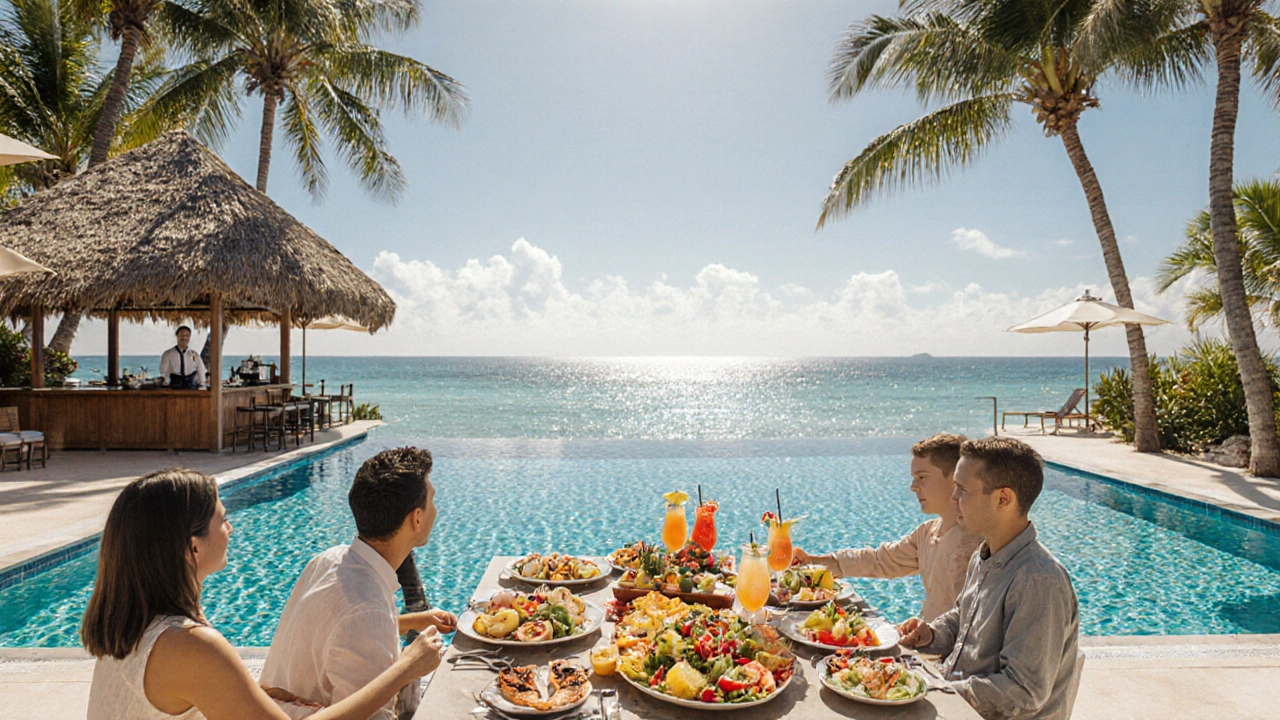Vacation Budgeting: Plan, Save, and Enjoy Your Trip
When you talk about vacation budgeting, the process of estimating and controlling travel expenses so you can have a fun, worry‑free holiday. Also known as holiday budgeting, it helps you match your dream destination with what you can actually afford. All‑Inclusive Trip Cost, the total price of a vacation package that covers accommodation, meals, drinks and activities is a common starting point, because many travelers want a single figure to work with. Glamping Price, the nightly rate for luxury camping accommodations that blend nature with comfort adds another layer – it shows how outdoor experiences fit into your budget. Then there’s Eco‑Friendly House Cost, the upfront and long‑term expenses of staying in a sustainable cottage or eco‑home, which appeals to green‑mindset travelers. Finally, Boutique Hotel Pricing, the rates for small, design‑focused hotels that often charge a premium for style and service rounds out the picture. In short, vacation budgeting encompasses these sub‑topics, requires careful research, and finally enables you to enjoy your trip without surprise bills.
Key Factors That Shape Your Travel Costs
One of the first decisions is the type of accommodation you choose. All‑inclusive resorts bundle food, drink and activities, so you know the total up front, but you might end up paying for extras you never use. Glamping, on the other hand, offers a cheaper night‑by‑night rate that can scale with the season and location – a forest cabin in Scotland will cost far less than a seaside dome in Cornwall. Eco‑friendly houses often carry a higher nightly price because of sustainable materials and energy‑saving systems, yet they can lower utility bills and carbon footprints over the stay. Boutique hotels charge more for design flair, but many offer flexible cancellation and loyalty perks that can offset the premium. By comparing these options, you create a hierarchy of cost control: fixed‑price packages, variable‑price nature stays, green‑focused rentals, and style‑driven boutique options.
Another crucial piece is the travel dates. Peak season spikes every category – all‑inclusive resorts fill up, glamping sites hike rates, eco‑homes see higher demand, and boutique hotels raise prices. Off‑peak travel can shave 20‑40 % off the total, especially for glamping and eco‑friendly stays where owners want to fill gaps. Don’t forget hidden fees: resort taxes, resort‑level service charges, or extra cleaning fees for boutique properties. Factoring these into your vacation budgeting worksheet prevents unpleasant surprises. Many of our posts break down exact numbers – for example, the All‑Inclusive Trip Cost Guide 2025 shows price ranges by destination, while the Glamping Price Guide explains how regional differences affect nightly rates.
Putting it all together, a solid vacation budgeting plan starts with a clear goal (relax, adventure, sustainability), picks the right accommodation mix, picks the most cost‑effective dates, and then adds a buffer for taxes and extras. Below you’ll find detailed guides that walk you through each of these steps, from calculating an all‑inclusive package to spotting the best glamping deals and understanding the true cost of eco‑friendly cottages. Use these insights to craft a budget that matches your travel style, saves you money, and leaves room for spontaneous fun.
Should You Book an All‑Inclusive Hotel? Pros, Cons & When It Pays Off
Discover if all‑inclusive hotels are worth the cost. We compare pros, cons, hidden fees, budgeting tips, and real examples to help you decide.
- Oct, 20 2025
- 0 Comments
